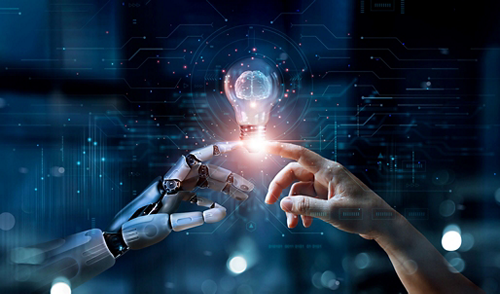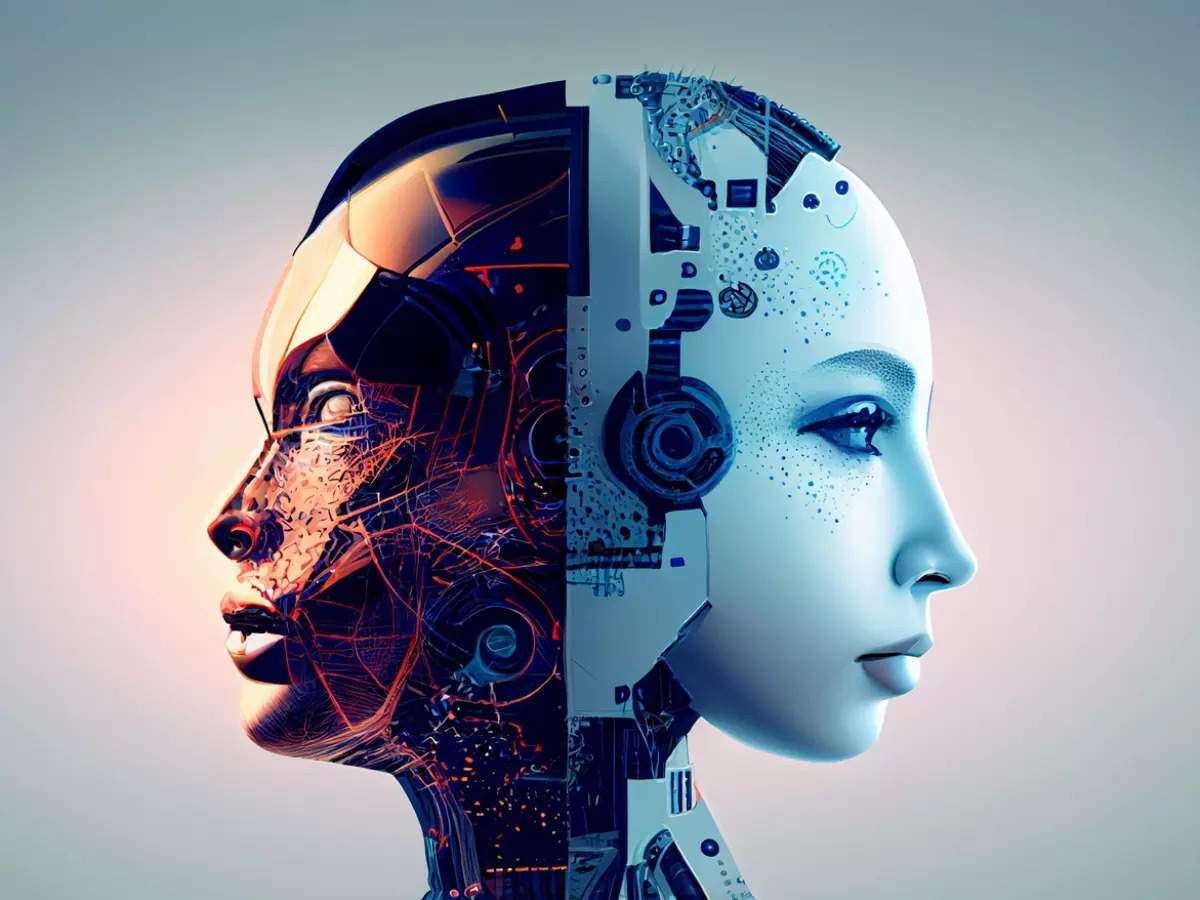Understanding Deep Learning and Artificial Intelligence

Photo by StoryTaler on Pixabay
Deep learning and artificial intelligence (AI) are two terms that have become increasingly popular in recent years. But what do they really mean? Deep learning refers to a subset of machine learning, which in turn is a subset of AI. It involves training neural networks to learn from large amounts of data and make predictions or decisions based on that data. Deep learning models are designed to mimic the human brain's neural network structure, with multiple layers of interconnected nodes. These models are capable of learning complex patterns and relationships in the data, making them highly effective for tasks such as image recognition, natural language processing, and speech recognition.
AI, on the other hand, is a broader concept that encompasses any technology or system that can perform tasks that would typically require human intelligence. This includes not only deep learning but also other techniques such as rule-based systems, expert systems, and genetic algorithms. AI aims to replicate or simulate human intelligence in machines, allowing them to perform tasks autonomously or with minimal human intervention.
In the context of deep learning, AI is the overarching field that encompasses the development and application of deep learning models. Deep learning is a key tool in the AI toolkit, enabling machines to learn from data and make intelligent decisions. Together, deep learning and AI are revolutionizing various industries and driving unprecedented growth.
The Role of Deep Learning in AI Development
Deep learning plays a crucial role in the development of AI systems. Traditional machine learning algorithms often require feature engineering, where domain experts manually extract relevant features from the data. This process can be time-consuming and may not capture all the important information in the data. Deep learning, on the other hand, can automatically learn the relevant features from the raw data, eliminating the need for feature engineering.
Deep learning models are built using neural networks, which consist of interconnected layers of nodes. Each node performs a simple mathematical operation on the input it receives and passes the result to the next layer. The nodes in the first layer receive the raw input data, while the nodes in the last layer produce the final output. The intermediate layers, known as hidden layers, learn progressively more abstract representations of the data as information flows through the network.
One of the reasons deep learning has gained so much attention in recent years is its ability to learn hierarchical representations of data. This means that deep learning models can learn to recognize complex patterns by building layers of abstraction. For example, a deep learning model trained on images can learn to recognize edges in the first layer, shapes in the second layer, and objects in the third layer. This hierarchical representation allows deep learning models to achieve state-of-the-art performance on tasks such as image classification, object detection, and speech recognition.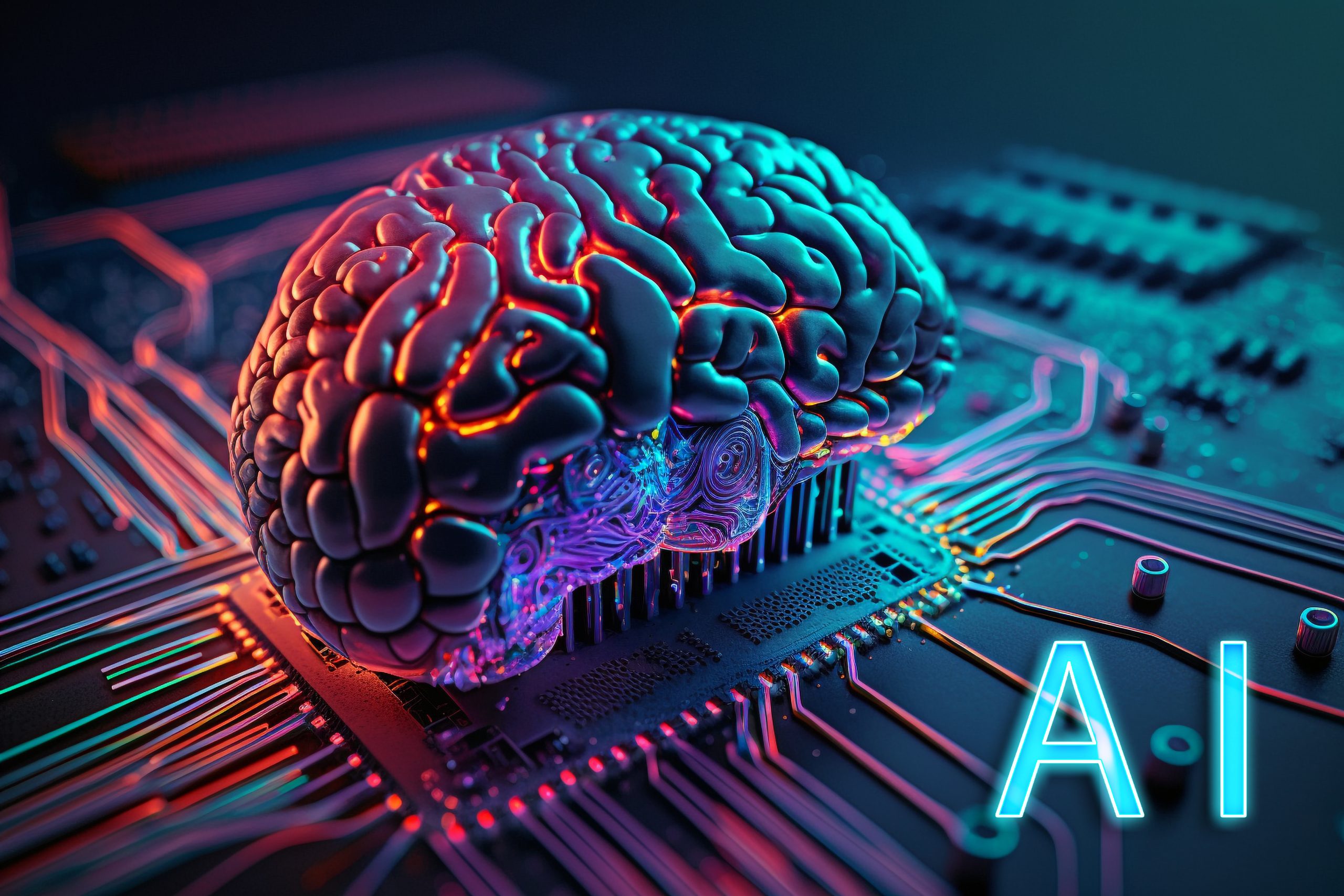
Applications of Deep Learning and AI
Deep learning and AI have a wide range of applications across industries. In healthcare, deep learning models can analyze medical images to detect diseases and assist in diagnosis. They can also predict patient outcomes based on clinical data, helping doctors make more informed treatment decisions. In finance, deep learning models can analyze vast amounts of financial data to detect patterns and make predictions about stock prices or market trends. They can also be used for fraud detection and risk assessment.
In the retail industry, deep learning models can analyze customer behavior and preferences to personalize marketing campaigns and improve customer engagement. They can also optimize inventory management and supply chain operations, reducing costs and improving efficiency. In the transportation industry, deep learning models can analyze traffic data and predict congestion, helping to optimize route planning and reduce travel time. They can also be used for autonomous vehicle navigation and collision avoidance.
These are just a few examples of the many applications of deep learning and AI. The potential is virtually limitless, and we are only scratching the surface of what is possible with these technologies. As AI continues to evolve and improve, we can expect to see even more innovative and impactful applications in the future.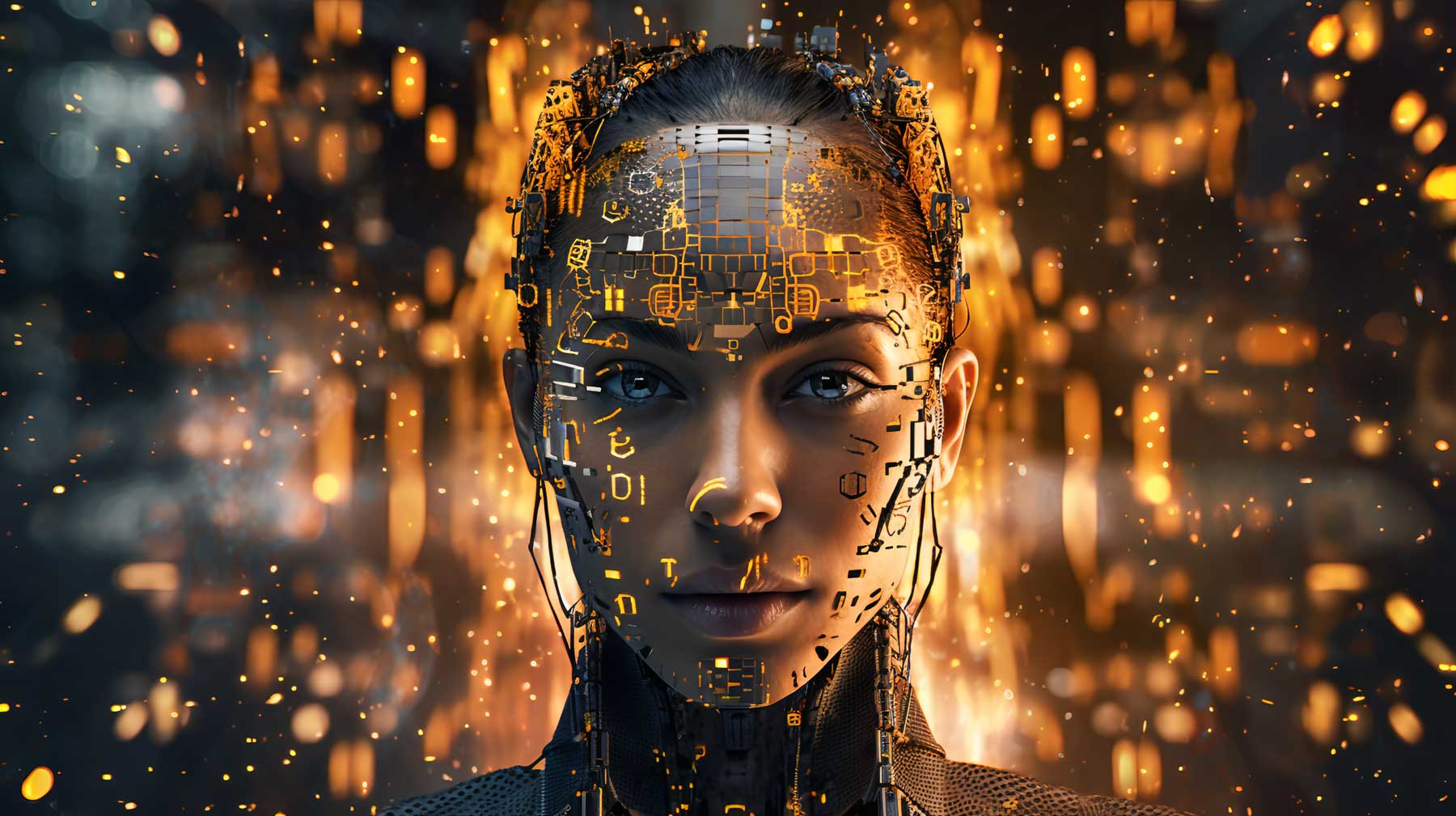
The Benefits of Deep Learning and AI
The benefits of deep learning and AI are numerous and far-reaching. One of the key advantages is the ability to handle large amounts of data. Deep learning models excel at processing and analyzing vast quantities of data, which is becoming increasingly important in our data-driven world. With the proliferation of sensors, devices, and online platforms, the amount of data generated is growing exponentially. Deep learning models can make sense of this data, extracting valuable insights and patterns that can inform decision-making and drive business growth.
Another benefit of deep learning and AI is their ability to learn and adapt. Traditional software systems are typically programmed to perform specific tasks, and they operate based on predefined rules and logic. In contrast, deep learning models can learn from data and improve their performance over time. This makes them highly flexible and adaptable, capable of handling complex and dynamic environments. They can also generalize well to unseen data, making them robust and reliable in real-world scenarios.
Deep learning and AI also offer the potential for automation and efficiency. By automating repetitive and time-consuming tasks, businesses can free up valuable human resources and focus on more strategic and creative activities. For example, deep learning models can automate data entry and processing, reducing errors and increasing productivity. They can also automate customer support and service, providing faster and more personalized responses.
Overall, the benefits of deep learning and AI are immense. They have the potential to transform industries, drive innovation, and improve the quality of our lives. As businesses and organizations continue to adopt these technologies, we can expect to see significant advancements in various domains.
Deep Learning vs. Traditional Machine Learning
While deep learning has gained a lot of attention and achieved impressive results in recent years, it is important to understand its differences from traditional machine learning. Traditional machine learning algorithms are typically based on statistical principles and require domain experts to manually engineer features from the data. These features are then used as input to the machine learning model, which learns to make predictions or decisions based on the features.
Deep learning, on the other hand, can automatically learn the relevant features from the raw data, eliminating the need for feature engineering. This is one of the key advantages of deep learning, as it can save a significant amount of time and effort in the model development process. However, deep learning models often require large amounts of labeled data for training, which can be a challenge in some domains.
Another difference between deep learning and traditional machine learning is the complexity of the models. Deep learning models, with their multiple layers of interconnected nodes, are inherently more complex than traditional machine learning models. This complexity enables deep learning models to learn hierarchical representations of the data, capturing more nuanced and complex patterns. However, it also makes deep learning models more computationally intensive and requires more resources for training and inference.
The choice between deep learning and traditional machine learning depends on various factors, including the nature of the data, the complexity of the problem, and the available resources. In some cases, traditional machine learning may be sufficient and more practical, especially when the data is limited or the problem is relatively simple. In other cases, deep learning may be necessary to achieve state-of-the-art performance and handle complex tasks.
Challenges in Deep Learning and AI
While deep learning and AI hold great promise, there are also several challenges that need to be addressed. One of the main challenges is the need for large amounts of labeled data for training deep learning models. Labeling data can be time-consuming and expensive, especially for domains where expert knowledge is required. It can also be difficult to obtain high-quality labeled data, as human annotators may introduce biases or errors.
Another challenge is the interpretability of deep learning models. Deep learning models are often referred to as "black boxes" because it can be difficult to understand how they arrive at their predictions or decisions. This lack of interpretability can be a barrier to adoption, especially in domains where transparency and accountability are critical. Researchers are actively working on developing techniques to interpret and explain the decisions made by deep learning models, but it remains an ongoing challenge.
The computational requirements of deep learning models are also a challenge. Training deep learning models can be computationally intensive and time-consuming, requiring powerful hardware and infrastructure. In addition, deep learning models often require large amounts of memory to store the model parameters and intermediate activations. This can be a constraint for organizations with limited resources or access to specialized hardware.
Finally, ethical considerations and biases in AI systems are another important challenge. Deep learning models are trained on historical data, which may contain biases and reflect societal inequalities. If these biases are not properly addressed, AI systems can perpetuate and amplify existing biases, leading to unfair or discriminatory outcomes. It is crucial to develop ethical guidelines and frameworks for the development and deployment of AI systems to ensure fairness and avoid unintended consequences.
The Future of Deep Learning and AI
The future of deep learning and AI is incredibly exciting. As technology continues to advance and new breakthroughs are made, we can expect to see even more powerful and intelligent systems. Deep learning models will become more efficient and scalable, making them accessible to a wider range of applications and domains.
One area of research that holds great promise is the integration of deep learning with other AI techniques, such as reinforcement learning and generative models. Reinforcement learning combines deep learning with the principles of reward-based learning, allowing machines to learn through trial and error. Generative models, on the other hand, can generate new data samples that are similar to the training data, opening up possibilities for data augmentation and synthesis.
Another area of focus is the development of more interpretable and explainable deep learning models. Researchers are exploring techniques to visualize and understand the internal workings of deep learning models, enabling users to trust and interpret the decisions made by these models. This will be crucial for the adoption of deep learning in domains where transparency and accountability are important, such as healthcare and finance.
The democratization of deep learning and AI is also a key trend for the future. As deep learning tools and frameworks become more user-friendly and accessible, even non-technical users will be able to harness the power of AI for their specific needs. This will unlock new opportunities for innovation and entrepreneurship, as individuals and small businesses can leverage AI to compete with larger organizations.
In summary, the future of deep learning and AI is bright. These technologies are revolutionizing industries, driving innovation, and transforming the way we live and work. As we continue to push the boundaries of what is possible, we can expect to see even more exciting advancements and applications in the years to come.
Deep Learning and AI in Various Industries
Deep learning and AI have the potential to revolutionize various industries, offering new opportunities for growth and innovation. Let's take a closer look at how these technologies are being applied in different sectors:
Healthcare
In the healthcare industry, deep learning and AI are being used to improve diagnosis, treatment, and patient care. Deep learning models can analyze medical images such as X-rays, MRIs, and CT scans, helping doctors detect diseases and abnormalities with higher accuracy. They can also predict patient outcomes based on clinical data, assisting doctors in making informed treatment decisions. AI-powered chatbots and virtual assistants can provide personalized healthcare information and support to patients, reducing the burden on healthcare providers.
Finance
In the finance industry, deep learning and AI are being used to analyze vast amounts of financial data and make predictions about stock prices, market trends, and risk assessment. Deep learning models can detect patterns and anomalies in financial data, helping traders and investors make informed decisions. AI-powered chatbots and virtual assistants can provide personalized financial advice and support to customers, improving customer engagement and satisfaction. AI-powered fraud detection systems can also identify suspicious transactions and prevent financial fraud.
Retail
In the retail industry, deep learning and AI are being used to personalize marketing campaigns, optimize inventory management, and improve customer engagement. Deep learning models can analyze customer behavior and preferences to recommend personalized products and offers. They can also optimize pricing and promotions based on demand and market conditions. AI-powered chatbots and virtual assistants can provide personalized customer support and assistance, enhancing the shopping experience.
Transportation
In the transportation industry, deep learning and AI are being used to optimize route planning, reduce travel time, and improve safety. Deep learning models can analyze traffic data and predict congestion, enabling more efficient route planning and navigation. They can also be used for autonomous vehicle navigation and collision avoidance, making transportation safer and more reliable. AI-powered chatbots and virtual assistants can provide real-time travel information and support to passengers, enhancing the overall travel experience.
Manufacturing
In the manufacturing industry, deep learning and AI are being used to optimize production processes, improve quality control, and reduce costs. Deep learning models can analyze sensor data from manufacturing equipment to detect anomalies and predict equipment failures, enabling proactive maintenance and reducing downtime. They can also optimize production schedules and resource allocation based on demand and capacity. AI-powered chatbots and virtual assistants can provide real-time support to operators and technicians, improving efficiency and productivity.
These are just a few examples of how deep learning and AI are being applied in different industries. The potential for innovation and growth is immense, and we are only beginning to scratch the surface of what is possible. As technology continues to advance and new applications are discovered, we can expect to see even more transformative changes in various domains.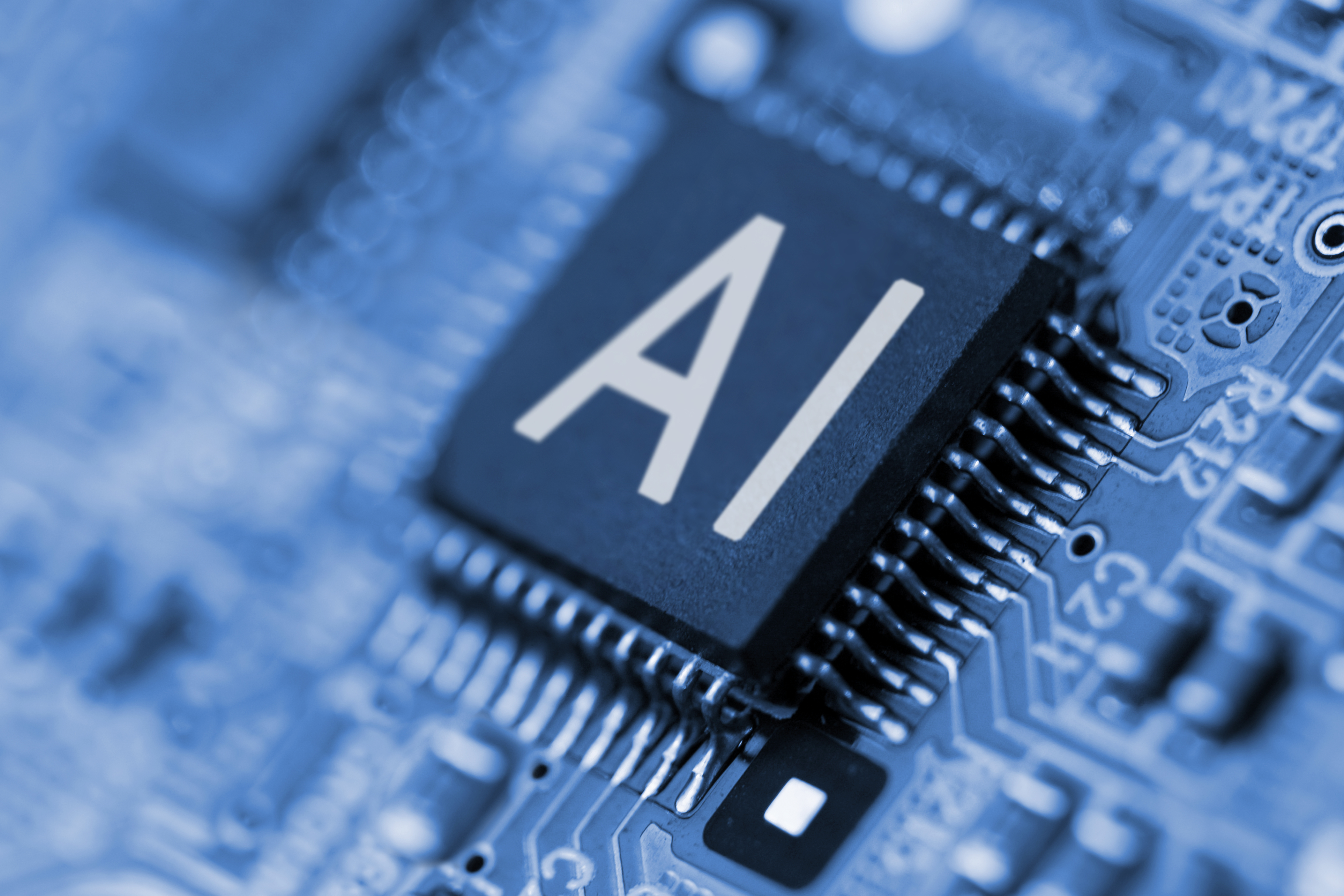
Deep Learning and AI Tools and Frameworks
To harness the power of deep learning and AI, developers and researchers rely on a wide range of tools and frameworks. These tools provide the necessary infrastructure and resources for training and deploying deep learning models. Let's take a look at some of the popular deep learning and AI tools and frameworks:
TensorFlow
Developed by Google, TensorFlow is one of the most popular deep learning frameworks. It provides a comprehensive ecosystem of tools, libraries, and resources for building and deploying deep learning models. TensorFlow supports both low-level operations and high-level abstractions, making it flexible and versatile. It also offers a wide range of pre-trained models and APIs, making it easy to get started with deep learning.
PyTorch
PyTorch is another popular deep learning framework, developed by Facebook's AI Research lab. It is known for its dynamic computational graph, which allows for more flexibility and intuitive model development. PyTorch also provides a rich set of tools and libraries for building and training deep learning models. It has gained popularity among researchers and practitioners for its ease of use and flexibility.
Keras
Keras is a high-level deep learning framework that runs on top of TensorFlow or Theano. It provides a user-friendly interface for building and training deep learning models, making it suitable for beginners and experienced developers alike. Keras supports a wide range of deep learning architectures and models, making it easy to experiment and iterate. It also integrates well with other Python libraries and tools, making it a popular choice for rapid prototyping and development.

